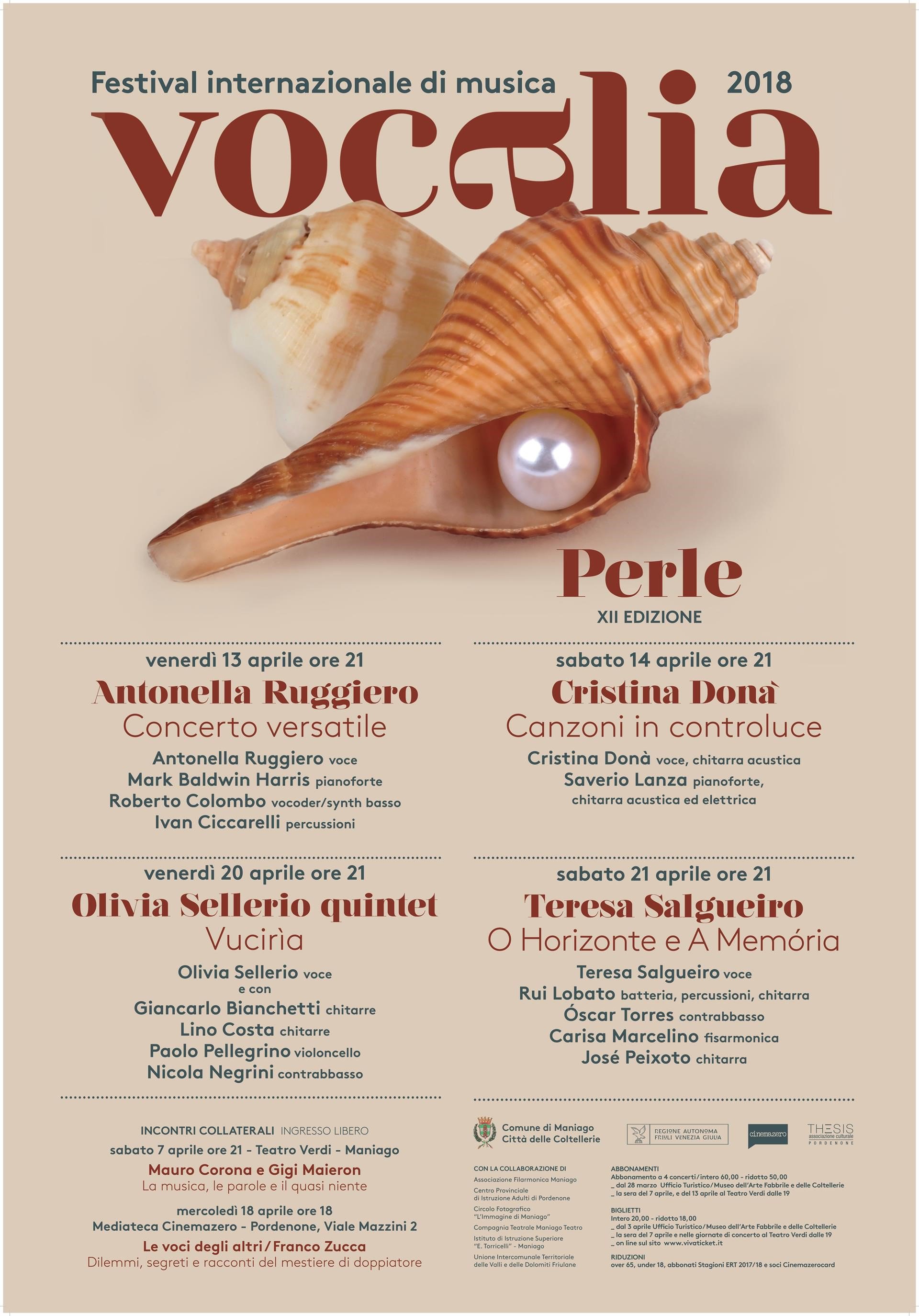

VocalIQ offered transformative new software that used a fresh approach to solve the challenges presented by previous voice recognition systems. In 2014 Cambridge Enterprise seeded the young company with £375k with further financing from technology investor Amadeus Capital Partners. In March 2011 VocalIQ was formed-with Young as Chairman and co-founder Thomson as CEO. Given the founders’ aim to start a new company to develop the work commercially, the Seed Funds team also got involved to support the new company financially from the University early stage investment funds. Before the software could be licensed or sold, it was essential to pin down ownership rights and ensure that any third party rights were respected. Some of the work had been done with funding from a consortium of academic institutions and commercial organisations. The software was based on more than a decade of research. The Technology Transfer office worked with Blaise and Steve, helping to prepare their intellectual property asset for investment. “Their novel algorithms, which enabled two-way dialogue between machine and human, had the potential to dramatically increase the adoption of voice recognition.” “When Blaise and Steve first approached CE in 2010, it was clear they had developed something very exciting”, said Gillian Davis, Technology Manager at Cambridge Enterprise. Young and Blaise Thomson, a Research Fellow in Engineering Department’s Dialogue Systems Group, approached Cambridge Enterprise with questions about commercialisation prospects for some new work. The most recent application of Young’s research began to take shape in 2010. Used worldwide, this set of tools still has a loyal following in the speech research community and beyond, with applications extending to speech synthesis, character recognition and even DNA sequencing. In 1989, working in what was then the Speech Vision and Robotics Group of the Engineering Department, he developed the first version of the Hidden Markov Model Toolkit. In fact, Young was responsible for some of the earliest tools used for speech recognition research. in 2015, and Entropic, which he co-founded and which Microsoft acquired in 1999.


He was behind two successful University spin-outs: VocalIQ, a Cambridge Enterprise portfolio company he co-founded, which was bought by Apple Inc. He is well qualified to comment: Young has spent the best part of 20 years creating software that helps people communicate with computers. “Without smart conversational interfaces which can adapt to suit the user, the Internet of Things cannot flourish.” “The use of speech to interact with machines has reached a tipping point,” said Steve Young, Professor of Information Engineering at the University of Cambridge. Now they can even answer back, conversationally, and engage in dialogue with people, which is an important facilitator in the much-hyped Internet of Things. Machines have been capable of recording voices for many years, but it is only recently that they’ve been able to take and ‘understand’ oral instructions. If so, chances are that you have benefited from technology developed at the University of Cambridge. Have you ever instructed your car to take you home without taking your hands off the wheel? Or asked your mobile phone to dial your mother or to set a three-minute timer for your boiled egg? Teaching computers to listen, comprehend and learn This story was included in our innovation showcase for our 10th anniversary celebrations in 2016.


 0 kommentar(er)
0 kommentar(er)
